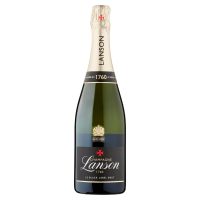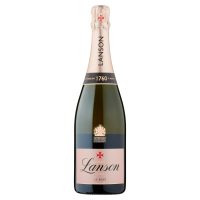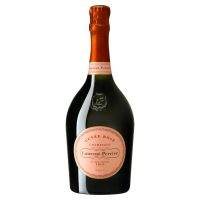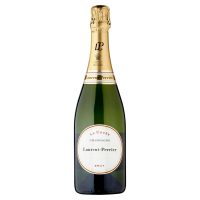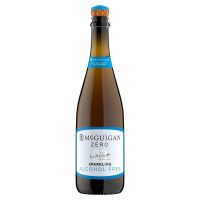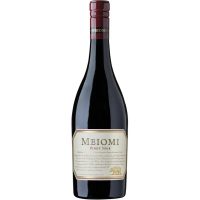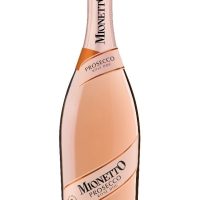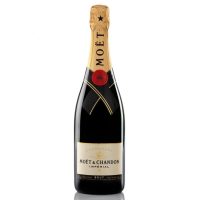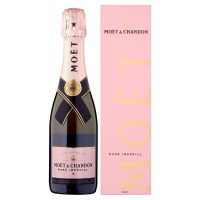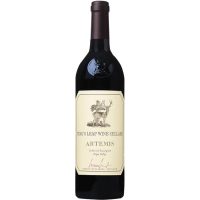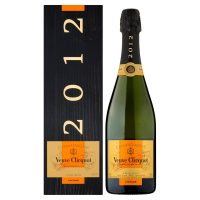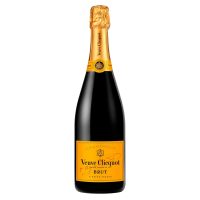Lanson Black Label Brut 75cl
Lanson Black Label Brut 75cl Lanson Le Black Label Brut 75cl. Wholesales of Black Label Champagne on discount prices. Bulk sales only available. Lanson was founded in 1760 and was one of the very first Champagne Houses to be established. Unusually for a non-vintage champagne, and somewhat controversially, Lanson do not use malolatic fermentation. Black…
